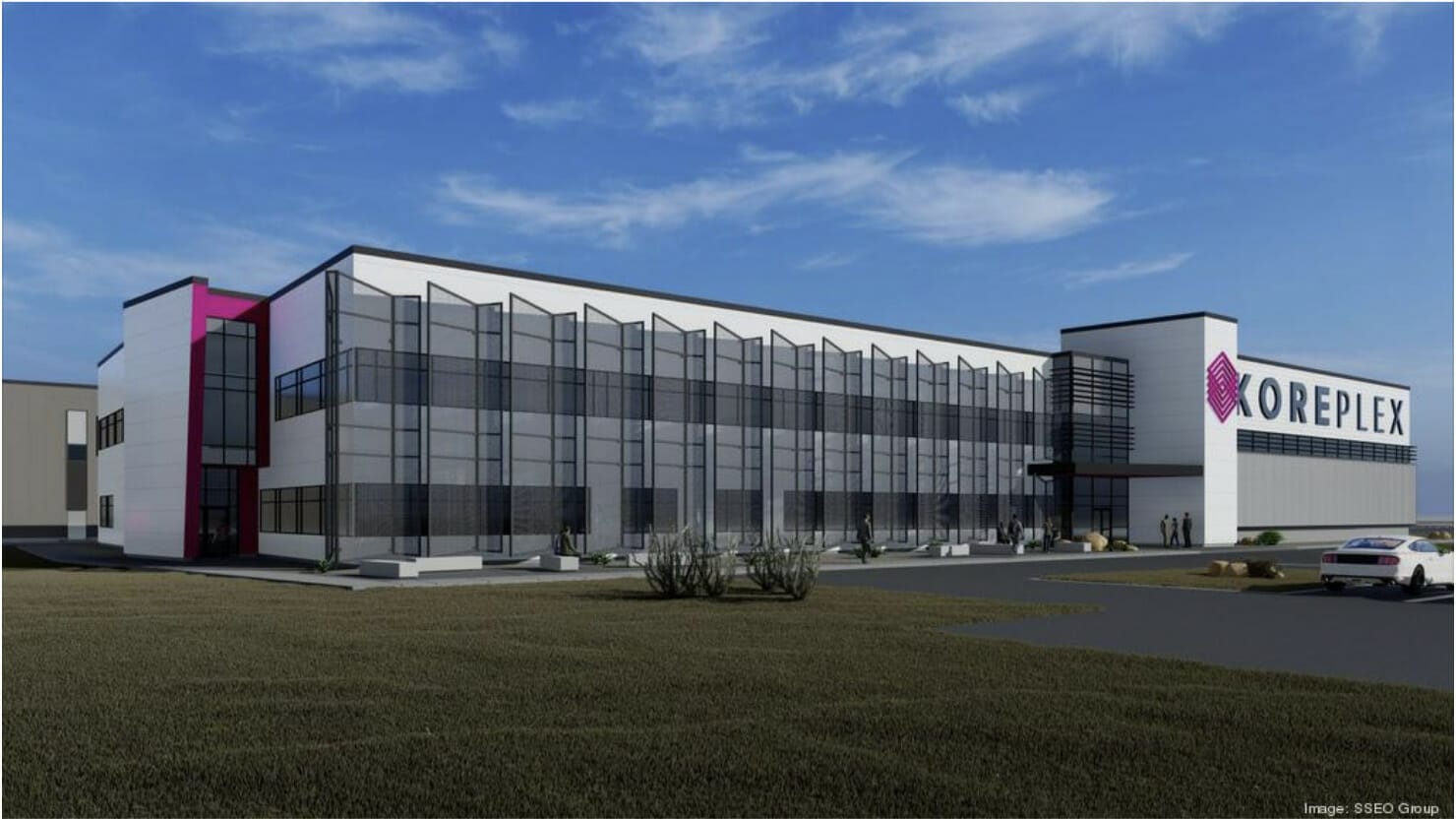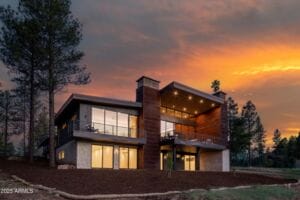In the early 2000s, Buckeye was a quiet community on the outskirts of the bustling Phoenix metropolitan area with a population of 6,537. Fast forward to today, and Buckeye has transformed into the West Valley’s boom town with an impressive 114,000 residents. Recognized as America’s fastest-growing population over five years in 2022, Buckeye is projected to reach 300,000 by 2040. The city that many in Arizona once viewed as merely a drive-through on Interstate 10 from Phoenix to Los Angeles, Buckeye is now evolving into a lasting home for families, businesses and a hot spot for commercial real estate development.
LEARN MORE: SIHI breaks ground on Costco-anchored Buckeye Commons shopping center
LEARN MORE: Abrazo kicks off Buckeye hospital and medical campus construction
Suzanne Boyles, the economic development director for the City for Buckeye, says there’s a couple factors that play into the city’s evolution.
“When you look at the metro Phoenix area, we have a tremendous number of businesses that want to serve California, but don’t want to actually operate in the state of California, and when you look at a map, the closest city that can do that is the City of Buckeye,” Boyles says. “We can actually meet the 11-hour turnaround time in the trucking industry to get to the ports of Long Beach and back, which not many other cities [can].”
Driving Buckeye development
Another driving factor is the ample amount of land available. Boyles explains how only 15% of Buckeye’s 640 square mile territory has been developed, leaving vast expanses of untapped potential for future growth.
“When you think about the trajectory of new developments, and new investment opportunities and job creation, a lot of that is going to fall in the West Valley, and it’s going to fall in Buckeye, because we have so much affordable land available for that,” Boyles says.
Buckeye’s leaders recognized this and adopted a forward-thinking approach set forth in their support for Foreign Trade Zone number 277, a designated site licensed by the FTZ board that allows domestic activity involving foreign items to take place prior to formal customs entry.
“That provides them an incentive to locate in one of those cities, and Buckeye is one of them. It provides a reduction in their real and personal property taxes if they qualify for the program,” Boyles explains.
This fostering of a pro-business environment established in Buckeye attracted a diverse range of industries like advanced manufacturing, energy, and distribution and logistics. Last year, KORE Power was approved for a $850 million loan by the U.S. Department of Energy for the construction of a battery cell manufacturing facility in Buckeye, creating nearly 2,000 careers.
Rehrig Pacific, a leading manufacturer in sustainable supply chain solutions, is relocating its California operation to Buckeye, and broke ground in 2023 with the first phase of its 260,000-square-foot facility.
The 1.2 million-square-foot Southern Industrial Center designed for e-commerce, warehouse and logistics tenants, was completed at the end of 2023.
“We have always had a presence in distribution and logistics but we’ve seen some new companies come to Buckeye, including the Ross Dress For Less distribution center,” Boyles continues. “They will be employing almost 1,400 people when they open. New additions that have come to the community lately have been Five Below and Funko, which collectively employ almost 600 people.”
Making Buckeye home
Buckeye’s strategic planning has also attracted new projects such as Teravalis, a 37,000-acre mixed-use master planned community that broke ground in northwest region of the city, and is projected to include 100,000 homes, support 300,000 people and contain 55 million square feet of commercial development over a long-term plan of 50 years.
“We look at different parts throughout the country that we want to make a large acquisition like Teravalis. We look at some of the top performing states from a growth standpoint, from an economic standpoint, and the Phoenix metroplex checked all those boxes for us. If you look at the growth for this greater Phoenix metroplex, everything’s heading west,” Heath Melton, president of the Phoenix region of Howard Hughes says on the AZ Big Podcast.
Teravalis is 58 square miles. For reference, Melton compares its size to cities like Scottsdale, with a population of 286,000 people. The first phase of the community is set to open in 2025.
Alongside the launch of Teravalis will be Verrado Marketplace — a 500,000-square-foot shopping center. Also opening in 2025, the marketplace is located at the front door of Verrado’s 8,800-acre master-planned community right up against the White Tank mountains.
As an indicator of a growing city, in the northwest corner of Verrado Way and the I-10 will be Banner Health’s newest 330,000-square-foot hospital, slated to open this year. Adjacent to that is the beginning infrastructure work of Abrazo Health’s new 27-acre medical campus.
Beyond the concrete plans of master-planned communities and new hospitals, Buckeye is positioning itself for additional growth through speculative development.
“Right now, we have about 4 million square feet of space that’s either complete and available, or under construction. And that’s important because not every business can afford to wait for a building to get built, so it’s [critical] that a community have these existing assets because if we don’t, that business is going to go somewhere else,” Boyles concludes. “And those are jobs that our residents could have had.”




